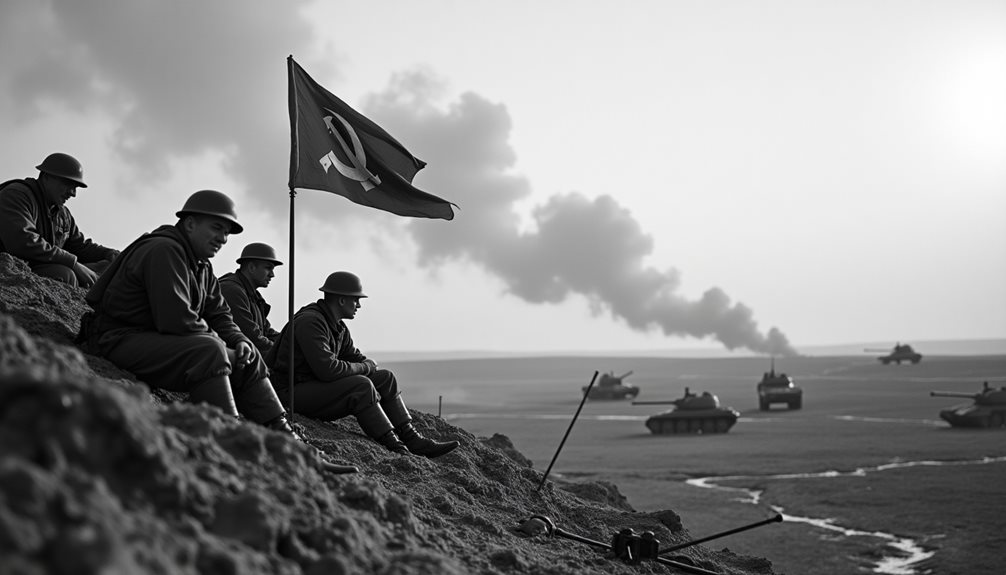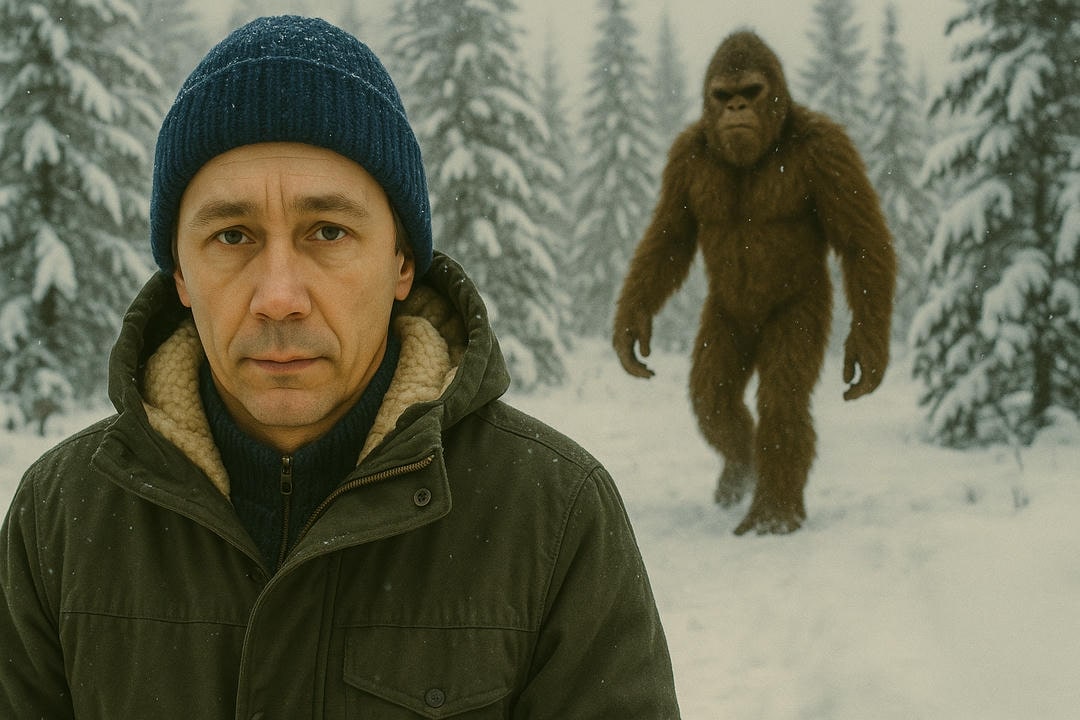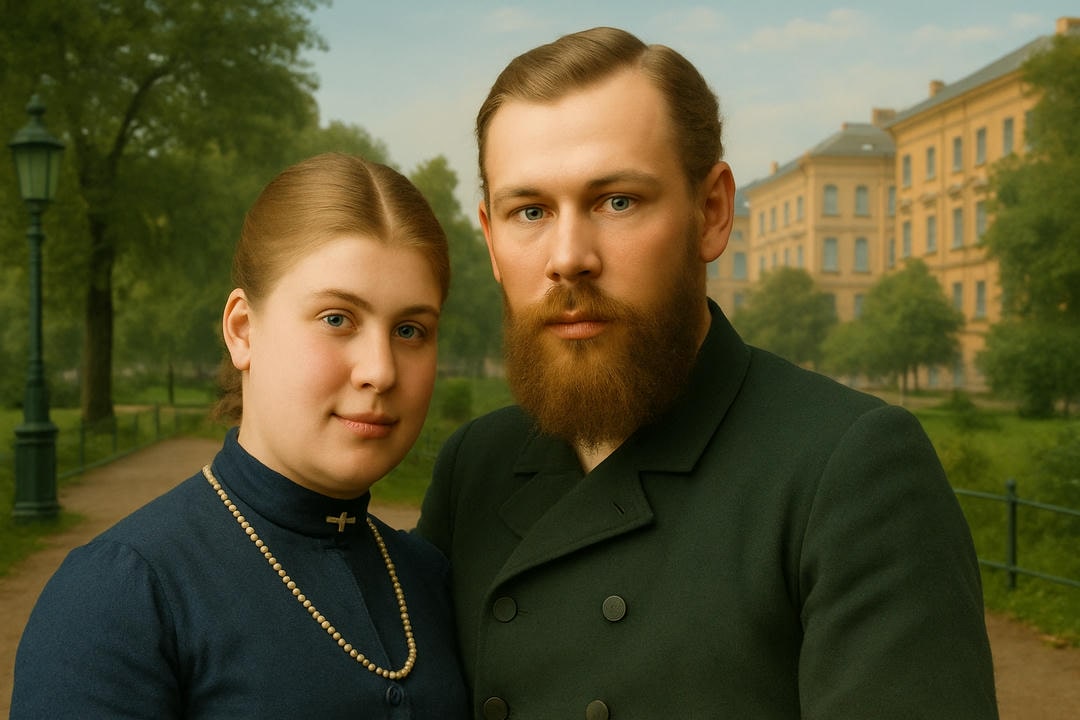Russia’s affinity for pets, particularly cats and dogs, is an integral aspect of its cultural identity, with nearly 59% of households owning at least one cat. This phenomenon extends beyond mere companionship, reflecting deeper societal values. Pets in Russia are not only cherished family members but also symbols of prosperity and loyalty, deeply embedded in literature, art, and daily life. The unique dynamics of pet ownership between urban and rural areas further illustrate the multifaceted nature of this relationship. To comprehend how these animals enrich Russian family life and foster responsibility, one must first understand their cultural significance.
Overview of Pet Ownership in Russia
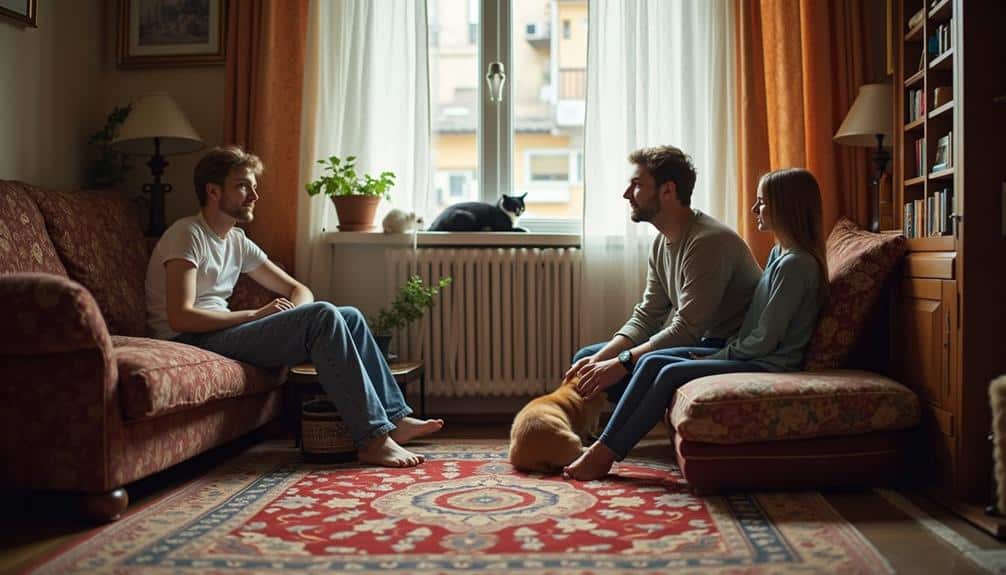
Pet ownership in Russia has seen a notable increase in recent years, reflecting broader global trends. This surge can be attributed to several factors such as urbanization, the growing middle class, and the overall change in societal attitudes towards animals.
In cities like Moscow and St. Petersburg, pet stores and veterinary clinics have proliferated, indicating the rising demand for pet-related services and products.
The variety of pets owned by Russians has also expanded. While dogs and cats remain the most popular choices, there has been a significant uptick in the ownership of birds, fish, and small mammals like hamsters and rabbits. This diversification reflects a broader acceptance of different types of pets beyond traditional choices.
Economic factors also play a role in this increase. As disposable incomes have risen, more households can afford the expenses associated with pet care, including food, healthcare, and grooming.
Additionally, the advent of pet insurance and improved veterinary care has made pet ownership more accessible and sustainable.
Furthermore, social media has had a notable impact, with pet influencers and dedicated online communities encouraging pet adoption and sharing of pet care tips. This digital engagement has fostered a robust, supportive community for pet owners across Russia.
The Role of Pets in Russian Society
Beyond the rise in pet ownership, cats and dogs hold a particularly special place in Russian culture, deeply intertwined with the country’s history and daily life.
Cats, for instance, have long been revered for their ability to protect grain stores from rodents, a crucial function in a country that has historically faced harsh winters and food scarcity. This practical role has evolved into a symbolic one, where cats are now seen as bringers of good fortune and domestic harmony.
Dogs also play a significant role in Russian society, serving not only as beloved companions but also as protectors and working animals. Historically, various breeds, such as the Borzoi and the Siberian Husky, have been integral to hunting and transportation, especially in rural and Siberian regions. Their loyalty and utility have cemented their status in Russian households and folklore.
Moreover, both animals are prominently featured in Russian literature, art, and media, embodying themes of loyalty, resilience, and companionship.
This cultural richness underscores the deep emotional bonds Russians share with their pets, making them not just animals but cherished members of the family.
The Prevalence of Cat Ownership
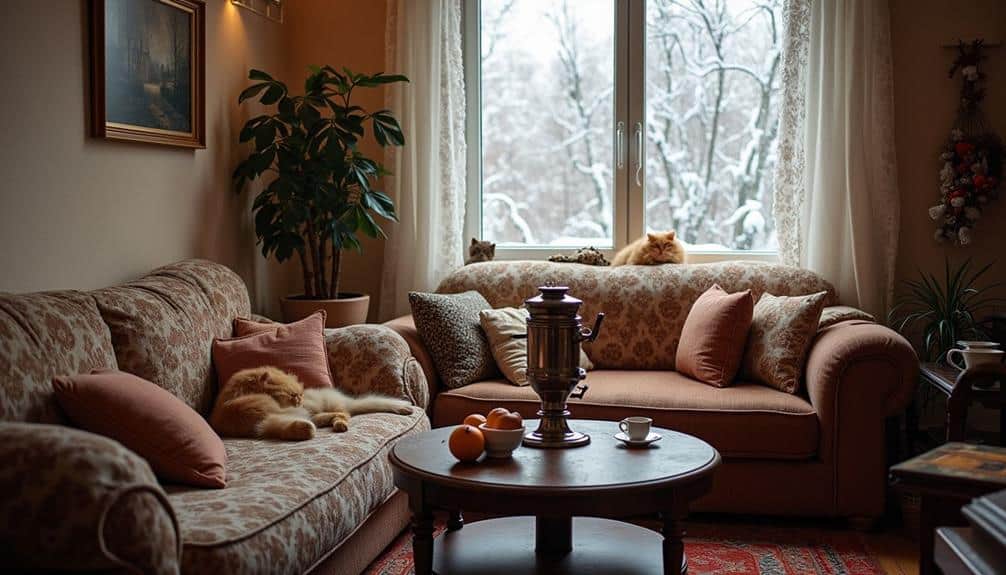
How prevalent is cat ownership in Russia today? In recent years, cat ownership has seen a significant rise across the nation. According to various surveys, approximately 59% of Russian households own at least one cat, making felines one of the most popular pets. This prevalence can be attributed to several factors, including the relatively low cost of caring for cats compared to other pets and the busy lifestyles that many Russians lead, particularly in urban environments.
From a practical standpoint, cats offer numerous advantages that align well with contemporary Russian life. They are low-maintenance, requiring less attention and space than dogs. This trait is particularly appealing to apartment dwellers in densely populated cities such as Moscow and St. Petersburg.
Additionally, cats are adept at coping with long hours alone, which suits the schedules of working professionals.
Moreover, the cultural affinity towards cats can be traced back to historical and literary influences, further cementing their role in Russian households.
Dog Ownership in Urban vs Rural Areas
While cats dominate urban households due to their low-maintenance nature, dogs also hold a significant place in the hearts of many Russians, albeit with distinct differences between urban and rural settings.
In urban areas, smaller breeds such as Yorkshire Terriers and French Bulldogs are popular due to their adaptability to apartment living and the limited space available. Urban dog owners often face challenges such as restricted outdoor areas for walking and exercising their pets, leading to a reliance on public parks and designated dog zones.
In contrast, rural areas in Russia provide a more conducive environment for larger breeds like the Caucasian Shepherd and the Siberian Husky. These breeds benefit from the vast open spaces and the necessity of guarding properties and livestock, roles that are less practical in urban settings.
The lifestyle in rural areas allows for more extensive training and exercise routines, aligning with the working roles that many rural dogs fulfill.
The divergence in dog ownership between urban and rural areas highlights the adaptability of Russians in integrating pets into their varied lifestyles. This adaptability underscores the cultural importance of dogs across different regions, tailored to meet the specific needs and conditions of their environment.
Role of Pets in Russian Family life
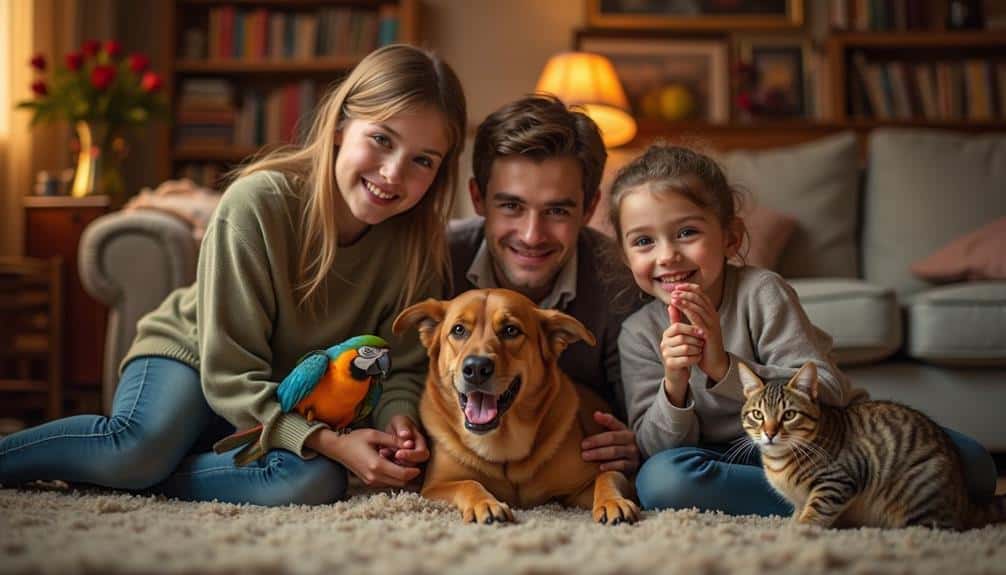
Pets play an integral role in Russian family life, often regarded as full-fledged family members rather than mere animals. This unique bond is evident through the daily routines and emotional investments families make. Pets provide companionship, emotional support, and even serve as informal therapists in stressful situations, reflecting their importance beyond just being pets.
In many Russian households, the presence of a pet can greatly influence family dynamics. Children often learn responsibility and empathy through caring for animals, while adults find solace and relaxation in their presence. The integration of pets into family events, such as holidays and celebrations, further underscores their role in the domestic sphere.
Moreover, the cultural significance of pets in Russia cannot be overstated. Many Russian families view pet ownership as a symbol of prosperity and well-being.
This cultural sentiment is reinforced by the portrayal of pets in Russian literature, media, and folklore, where animals frequently appear as loyal companions and protectors.


